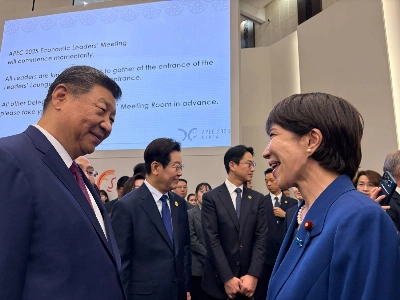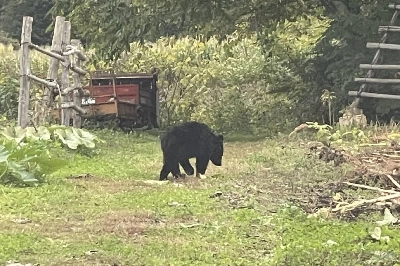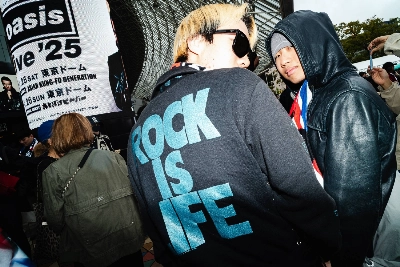The year's harvest of homegrown 'matsutake' mushrooms is likely to hit the lowest level in postwar years due to the nationwide heat wave in August, according to market and government officials.</PARAGRAPH>
<PHOTO>
<TABLE WIDTH='250' ALIGN='RIGHT' BORDER='0'>
<TR>
<TD><IMG ALT='News photo' BORDER='0' SRC='../images/photos2007/nn20071026a3a.jpg' WIDTH='250' HEIGHT='337'/></TD>
</TR>
<TR>
<TD><FONT SIZE='1'><B>'MATSUTAKE' mushrooms are displayed at Tsukiji market in Chuo Ward, Tokyo.
</B> KYODO PHOTO</FONT></TD>
</TR>
<TABLE>
</PHOTO>
<PARAGRAPH>In Tokyo's Tsukiji market, the yearly average of matsutake wholesale prices is likely to reach ¥50,000 per kilogram, up 50 percent from last year, according to the Forestry Agency.</PARAGRAPH>
<PARAGRAPH>Among high-end matsutake, a single mushroom has fetched ¥15,000 to ¥20,000, a level equaling the high-water mark during the the bubble economy in the 1980s, market officials said.</PARAGRAPH>
<PARAGRAPH>Western Japan was particularly hit by a poor harvest, with the nationwide yield likely to dip below the record-low 39 tons set in 2005, the agency said.</PARAGRAPH>
<PARAGRAPH>In late October, homegrown matsutake from western prefectures such as Okayama, Hiroshima and Yamaguchi are normally stacked on store shelves.</PARAGRAPH>
<PARAGRAPH>But a Tsukiji market trader said they had yet to see any so far this year. 'The famed matsutake from Kyoto's Tamba region is –
called a 'phantom,' " he said.
In addition to the poor harvest, the government's ban on North Korean imports and reduced imports from China on safety concerns have driven up the price of homegrown matsutake, which now comprise less than 10 percent of total matsutake consumption in Japan.
"Because of high temperatures and a lack of rainfall between July and September, matsutake fungal threads failed to grow nationwide except for some parts of the country, like Iwate Prefecture," said Koji Iwase, professor at the Faculty of Agriculture, Tottori University.
"In addition to widespread death of pine forests in western Japan, the region's changing climate is responsible, which is starting to resemble a subtropical area because of global warming," Iwase said.
Japan's matsutake harvest peaked in 1953 at 6,484 tons, about 100 times that of last year's 65 tons.

















With your current subscription plan you can comment on stories. However, before writing your first comment, please create a display name in the Profile section of your subscriber account page.